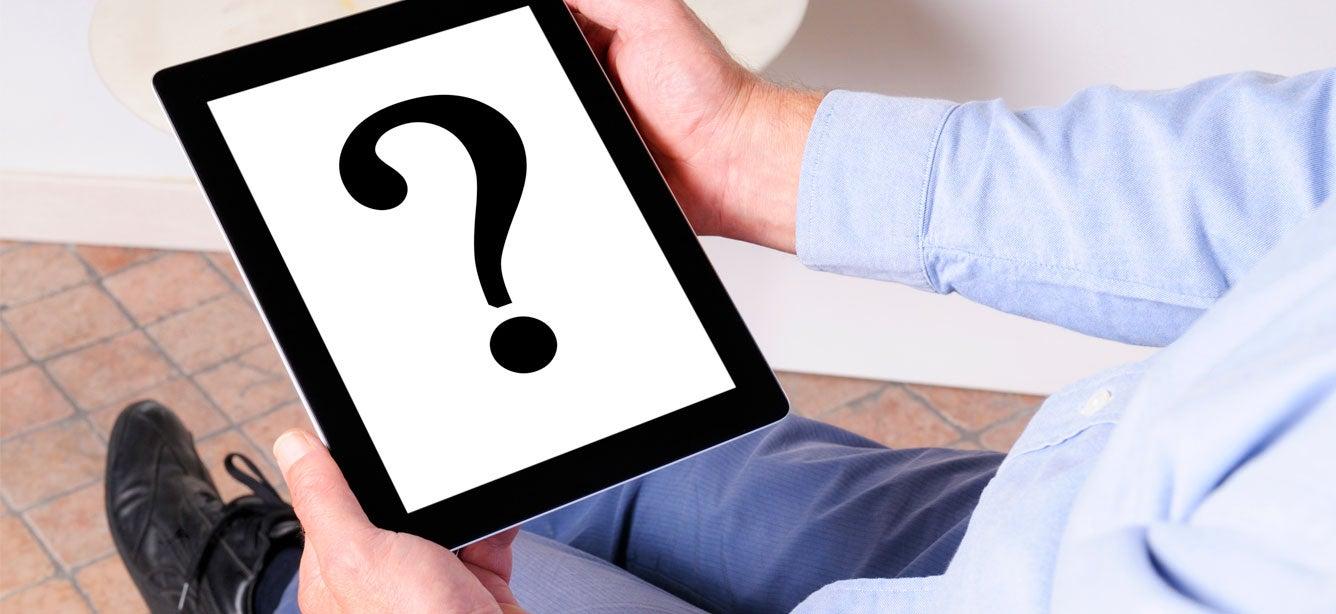
Mrs. W, a 70-year-old Michigan resident, was struggling to pay her bills.
Following an unexpected job loss during the pandemic, she quickly had fallen $3,500 behind on her house payments—and the additional strain on her budget meant she had nothing left over for food. On top of that, while she needed the health care coverage, her Medicare costs suddenly felt unaffordable. Social Security automatically withheld money to cover her monthly Part B premiums, though, so Mrs. W couldn’t use those dollars for something else even if she wanted to.
That’s when she turned to Elder Law of Michigan, a nonprofit that helps older adults access the resources they need to age with dignity, choice, and peace of mind. Right away, a benefits counselor advised her about Medicare Savings Programs and how to apply. Today, Mrs. W. saves $144 on her Medicare premiums and is “very happy!”
Have you heard about Medicare Savings Programs (MSPs)? Also known as Medicare Premium Payment Programs or Medicare Buy-In Programs, MSPs are an important lifeline for older adults with limited income and assets who can’t afford their health care coverage.
Each year, millions of people are eligible to enroll in a Medicare Savings Program1—yet far too few of them actually do so. In fact, according to official estimates, participation rates are staggeringly low: in 2019, the most recent year for which data is available, as low as 15% for some programs.2 And the results can be devastating. Instead of receiving crucial benefits that can help them stay healthy, millions of financially vulnerable older adults struggle to pay their Medicare premiums, deductibles, co-pays, and other out-of-pocket costs.
“Medicare doesn’t impose annual out-of-pocket limits, which means that low-income beneficiaries can easily be on the hook for thousands of dollars each year—if not more—that they simply can’t afford to pay,” said Medicare expert Brandy Bauer, former Director of NCOA’s MIPPA Resource Center. “Unfortunately, as we see time and again, this means that people simply stop going to the doctor or filling their prescriptions.”
Does this sound like you, or someone you know? NCOA is here to help. Understanding who qualifies for Medicare Savings Programs and how to apply may seem complicated, but it doesn’t have to be. This helpful guide will walk you through the process.
How do I apply for a Medicare Savings Program?
First, it depends on where you live. That’s because each individual state administers its own MSP program and sets its own eligibility guidelines.
Each year, the federal government establishes baseline income and asset limits that many states choose to adopt, but not all do. Plus, some states require that you first apply for other financial benefits you might be eligible for, such as Social Security Disability Insurance (SSDI), before they will consider you for an MSP.
But don’t let that last bit stop you, advised Bauer.
If you think you might qualify for a Medicare Savings Program, you absolutely should apply. One of the reasons so many older adults don’t receive the benefits they deserve is because they assume they aren’t eligible or are worried about completing the paperwork.
"In both cases, as Mrs. W’s story shows us, there are qualified professionals who will guide you through the process at no cost to you,” Bauer said. (More on this below).
Here’s what you can do to be application-ready.
Step 1: Check your state’s income guidelines
MSPs are needs-based, which means there are limits to how much money you can make and financial resources you can have in order to receive the benefit.
Because there are 4 types of Medicare Savings Programs, each with its own income and asset limits, the easiest place to start is to contact your local Medicaid office. (MSPs are a subset of Medicaid benefits specifically intended to help pay for out-of-pocket Medicare costs). There, someone who is very familiar with your state’s program can tell you exactly which of the four options is available and what the eligibility requirements are. This can save you a lot of time and worry trying to sort through information that otherwise may seem confusing.
Step 2: Gather your documents
When you apply for Medicare Savings Program benefits in your state, you will need to provide proof of income and certain other information. Some states require more details and some less; it never hurts to be over-prepared! Here are a few examples of commonly requested documents:
- Proof of identity
Your Social Security card, birth certificate, U.S. passport, or green card. - Proof of Medicare enrollment
Your Medicare card. - Proof of income
Your Social Security Administration award letter, workplace pay stubs, and/or income tax returns. - Information on other financial assets
Your bank account statements, investment account statements, stock certificates, and/or life insurance policies (if you have any of these).
Collecting this information and keeping it together in one place will make applying for benefits much easier.
Step 3: Complete and submit your application
How you do this will again depend on where you live. Some states may allow you to apply for Medicare Savings Program benefits online or over the phone; others may ask you to mail in a paper application or deliver it in person.
If you didn’t get this information when you called your local Medicaid office, don’t worry. You can contact your State Health Insurance Assistance Program (SHIP) for personalized guidance free of charge. SHIP counselors are independently certified and highly trained to help you understand your Medicare benefits and how to navigate them. Your counselor can tell you how and where to submit your MSP application and answer any related questions you may have.
Step 4: Wait for a decision
In most cases, you should receive an official Notice of Action within 45 days of applying.
If your application is approved, this notice will include information about which of the four Medicare Savings Programs you qualified for, how you will receive your benefits, and when they will begin. Keep in mind that you will need to “recertify” (renew) your MSP benefits each year; this does not happen automatically. Medicaid should mail you a letter around the time your recertification is due; if you don’t receive one, be sure to contact your local office as soon as you realize it.
If your application was denied, you have the right to appeal the decision. “Don’t necessarily take ‘no’ for an answer,” Bauer advised. “Mistakes happen and it’s always better to be absolutely sure the decision is correct.”
If you don’t receive a Notice of Action after 45 days, call your local Medicaid office.
Need help understanding your Medicare options?
Trying to navigate your many Medicare choices can feel confusing and overwhelming. But you’re not alone in this process. NCOA has partnered with licensed brokers who are committed to helping consumers like you make educated decisions about their Medicare coverage. These partners all meet our rigorous Standards of Excellence, meaning you can be confident their advice will be:
- Free
- Unbiased
- Practical
- Knowledgeable
- Straightforward
- Based on your unique needs
- 100% confidential
Sources
1. Medicaid and CHIP Payment and Access Commission. Dually Eligible Beneficiaies. Found on the internet at https://www.macpac.gov/topics/dually-eligible-beneficiaries/
2. Medicaid and CHIP Payment and Access Commission. Medicare Savings Programs. Found on the internet at https://www.macpac.gov/subtopic/medicare-savings-programs/




